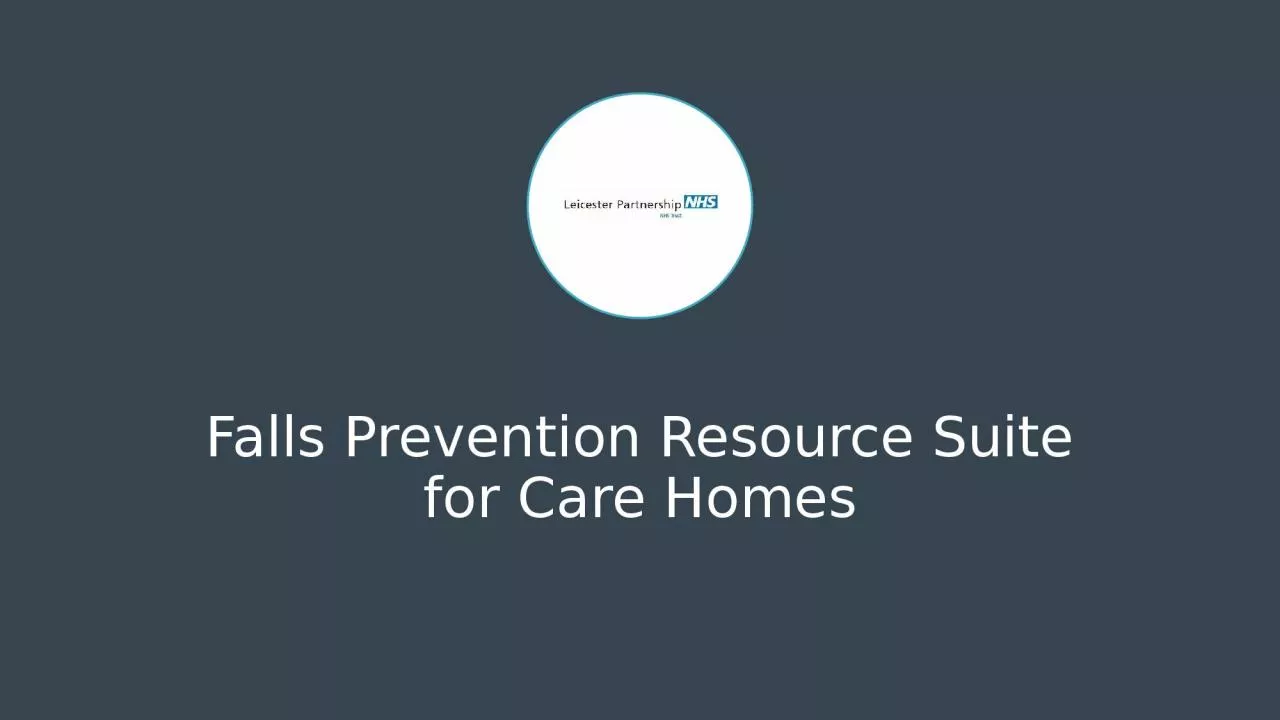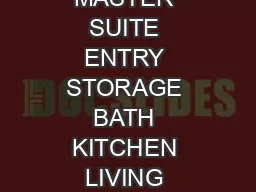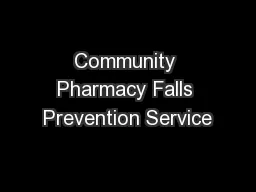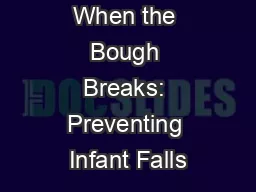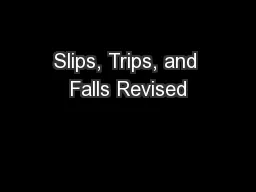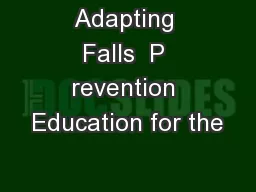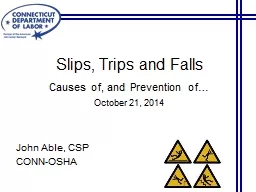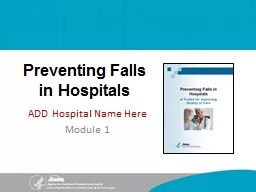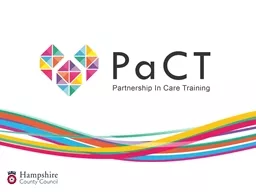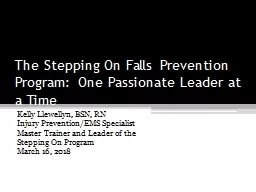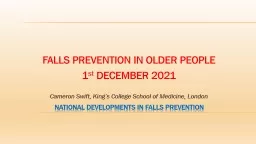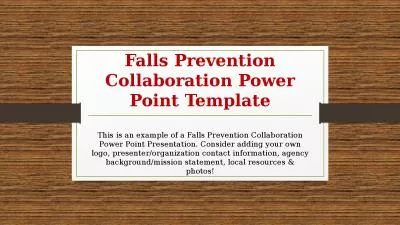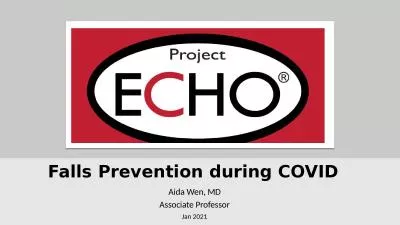PPT-Falls Prevention Resource Suite
Author : tracy | Published Date : 2024-03-13
for Care Homes EHCH Enhanced Health in Care Homes The NHS has an ambition to strengthen its support for the people who live and work in and around care homes People
Presentation Embed Code
Download Presentation
Download Presentation The PPT/PDF document "Falls Prevention Resource Suite" is the property of its rightful owner. Permission is granted to download and print the materials on this website for personal, non-commercial use only, and to display it on your personal computer provided you do not modify the materials and that you retain all copyright notices contained in the materials. By downloading content from our website, you accept the terms of this agreement.
Falls Prevention Resource Suite: Transcript
Download Rules Of Document
"Falls Prevention Resource Suite"The content belongs to its owner. You may download and print it for personal use, without modification, and keep all copyright notices. By downloading, you agree to these terms.
Related Documents

